STEMinism at its Finest: The Balance of Work and Dance Life in the Indian Diaspora
- The roles that women of South Asian descent in the U.S have taken on to maintain a balance between their STEM careers and preserving the traditions of Indian classical dance have been remarkable.

It’s no secret that Indian Americans are tech titans. They hold thousands of important positions at almost every major tech institution, and their influence on the foundations of technology and entrepreneurship cannot be overlooked. But alongside leading companies such as Google, Nokia, Global Foundries and Mastercard, there is evidence that generations of Indian Americans have benefited from an upbringing in a culture that has deep roots in dance, arts, and music. This is one of the most fascinating aspects with regards to the Indian community, and at present, there are many women who have great careers in science and technology, and yet are so devoted to the classical arts. In fact, the roles that women of South Asian descent in the U.S have taken on to maintain a balance between their STEM careers and preserving the traditions of Indian classical dance have been remarkable. That is what I’d like to call STEMinism.
Bidisha Mohanty, an Odissi Classical dancer and instructor, alludes to Odissi dance as her “passion.”She describes Odissi in particular as a major part of her mental/physical growth and development. “Odissi dance gives me peace of mind, happiness, and acts as a distraction from daily life. If I’m busy and want to take my mind off something, I dance,” she explains.
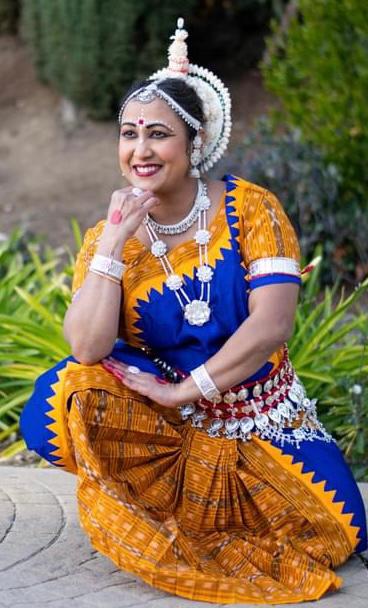
Chandna Veturi, a Kuchipudi dancer and instructor, explained how Kuchipudi was a form of meditation for her. She describes the work-life balance as “taking a break from each other. “After working on one side for a while, you go back to the other side with a different approach and energy than before,” she says.
Selvi Pragasam, a Bharatnatyam dancer and instructor, pointed out that on a personal level, dance has enabled her to manage a lot of hardships. She finds it so enlightening and soulful and insists that classical dance be a skill that every young person who comes to her learns.
STEM and Support System
It’s notable to point out that one main commonality between these women who pursue dual careers in the arts and STEM is that they all rely on a strong support system. Support systems are extremely unique and individualized, and without a proper support system, many feel overwhelmed and quite fearful.
Naina Shastri, a Bharatnatyam dancer, and instructor recalls how everybody has supported her in different ways. Her mom started envisioning her learning and her father would drive her to practice, follow her home from practice, and always watch her in the first row. When she got married, there was this perception that girls from good families shouldn’t dance, but her husband encouraged her to continue dancing.
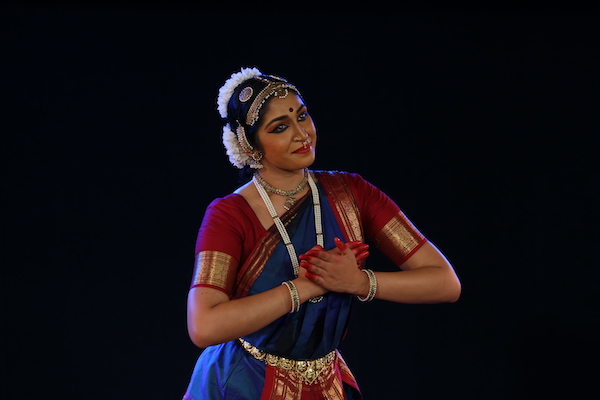
Shreya Iyer, a Bharatnatyam dancer, and instructor, always knew she had the support of her parents from the start, as they continued to encourage her even through the toughest and most grueling times of her career.
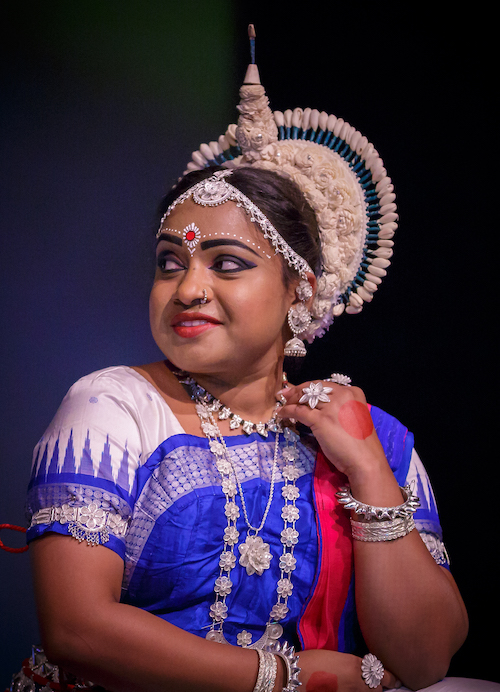
Ipsita Choudhury, an Odissi dancer, and instructor, has had the constant support of her family since she was a child. Her mom is also a dancer (and her role model), and she wanted her daughter to pursue Odissi as well. Both her parents and in-laws have provided overwhelming support for her dance training alongside her husband, who wants her to dance every day.
Rasika Kumar, a Bharatnatyam dancer, and instructor, also describes the support she received through her teen and adult years as extremely motivational. She feels a sense of community and belonging when she practices and loves that she is part of something bigger than herself. Her mom’s dance school was something she could lean on to pull her career forward and it has given her a clear focus in both aspects of her life.
A Different Point of View

While so many women have maintained an incredible work-life balance throughout much of their career, it’s important to also consider their male counterparts (who also concurrently pursue classical dance training and a career in STEM) and develop an understanding of their experiences at this same feat. The STEM industry is particularly male-dominated, however, immense contributions have been made by people of both genders in this field.
Rajesh Chavali, a Kuchipudi dancer and instructor, revealed that although he started learning Kuchipudi when he was just 7 years old, he underwent a lot of family pressure from people who discouraged him from learning this art form. This prompted him to work extra hard to learn and keep up with his Kuchipudi dance training. His STEM career has allowed him to take a very scientific approach in his dance. In fact, Dipanwita Sengupta, a Kathak dancer, and instructor says one of the reasons why she began pursuing Kathak was because it has a lot of mathematical calculations ingrained within the dance.
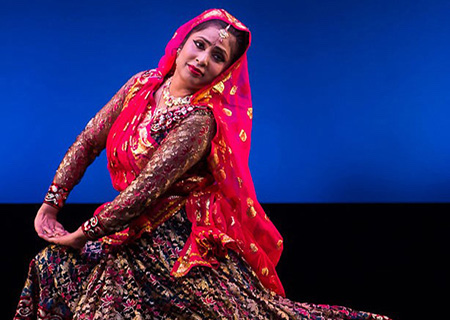
Ryan Nathan, a Bharatnatyam dancer, and instructor, states how his love for the art form stemmed from the fact that it teaches self-discipline, literature, history, and allows him to connect more with his language overall. “Indian classical dance is tied to spirituality, Hindu religion, art, and culture,” he says. The support which he’s received from his teacher and a few other notable temples, the priests, board members, etc. have encouraged him to keep on going, in addition to fostering his passion for spreading Indian classical dance throughout the community. His organization Shanmukha Theaters, in particular, provides a platform for young dancers.
Advice for the Next Generation
The inspiration we can obtain from Indian classical dancers is by no means something we can take for granted. The time, dedication, and love that they’ve put into their respective art forms, while also pursuing a career in the STEM industry is remarkable. Gayatri Joshi, an Odissi dancer, and instructor, says that whether you are studying or working or just a housewife cleaning and cooking, it doesn’t matter — dance always compliments whatever you do.
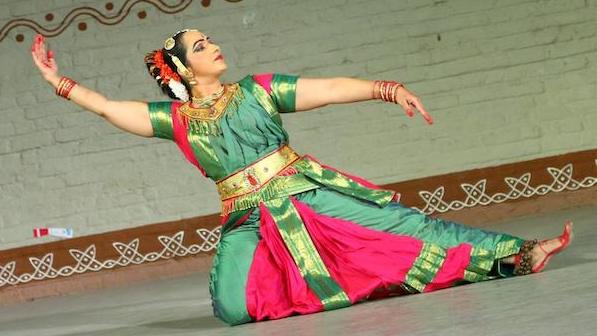
Chinmayi Arakula, an Andhranatyam dancer and instructor, says that dance gives you relief from your STEM-based career; it allows you to forget about stress when you have this passion for dancing. She furthermore believes that everyone should get an opportunity to learn any of the Indian classical dance forms because it takes many years of training, concentration, and perseverance which all builds up your courage, compassion, and love for your culture, art and Indian heritage as a whole.
This is the kind of dual-ambition I feel my generation should live by, and it is also something I am concurrently pursuing in my day-to-day life. In addition to being an Odissi classical dancer, I am also heavily interested in CS and STEM, just like my mother. I believe that both of these aspects of my life come together to make me whole, not only in terms of the arts and listening, but also psychologically as a mechanism and sanctuary to help me cope with the challenges of a complicated society.
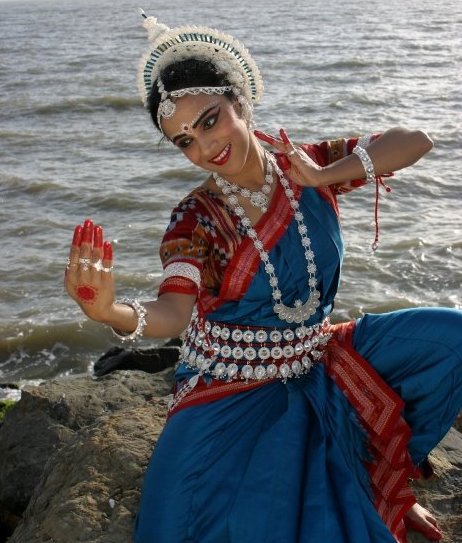
Shreyaa Karan is a rising senior at Evergreen Valley High School in San Jose, California. She is an Odissi classical dancer, 2nd-degree Taekwondo Black Belt, and the founder of Steminism, an international student-run organization whose mission is to empower, educate, and inspire young girls to pursue their passions through STEM-based initiatives.


